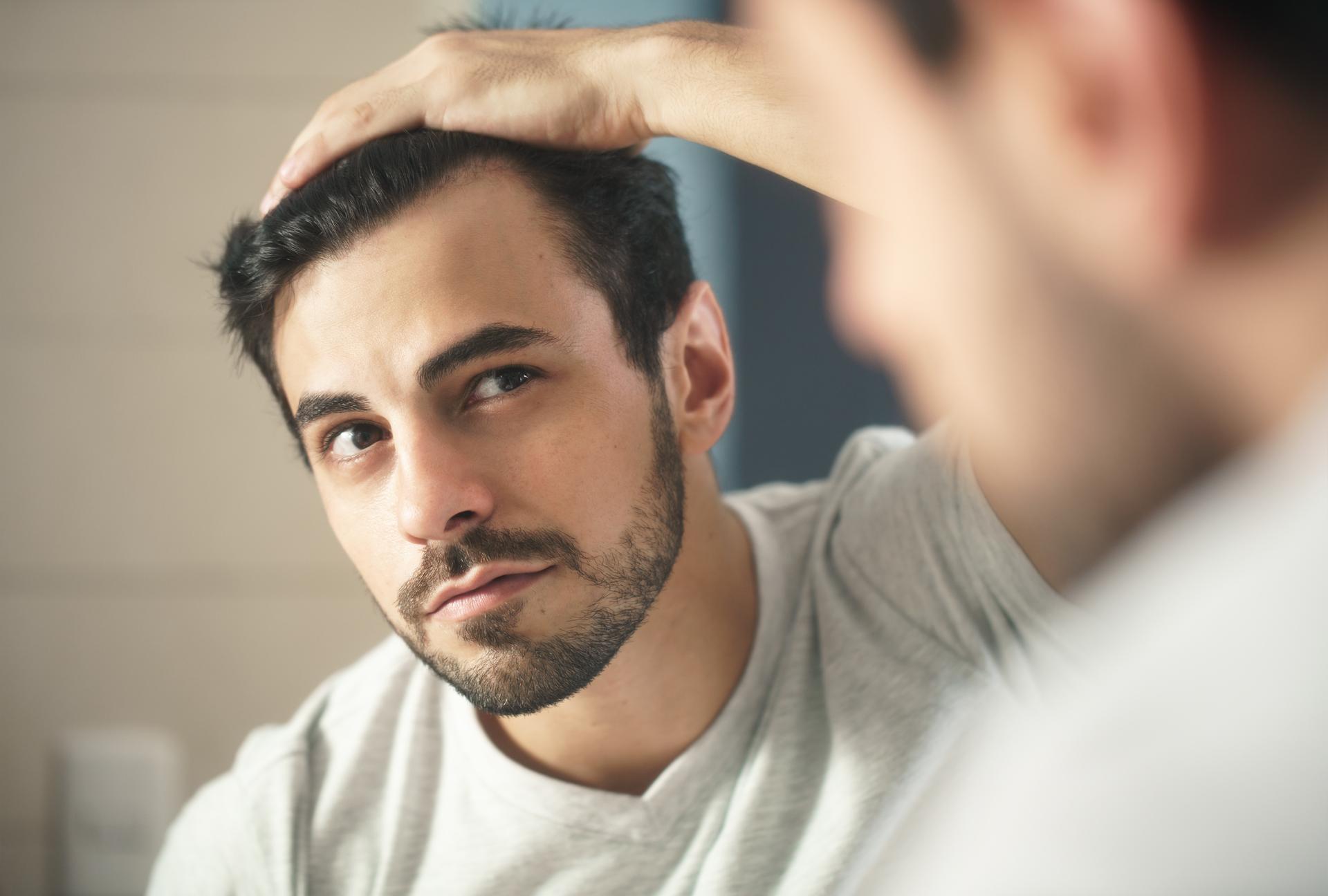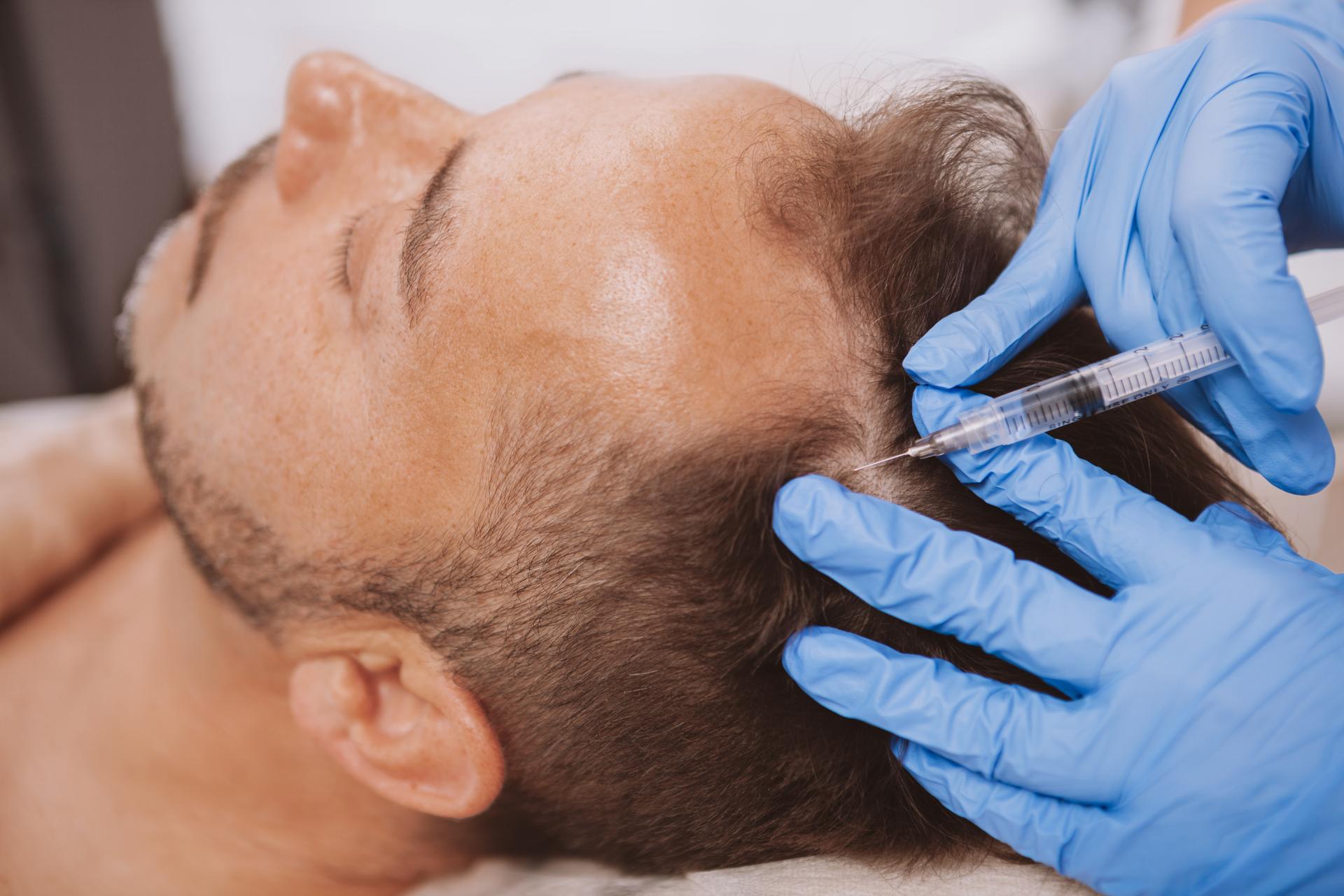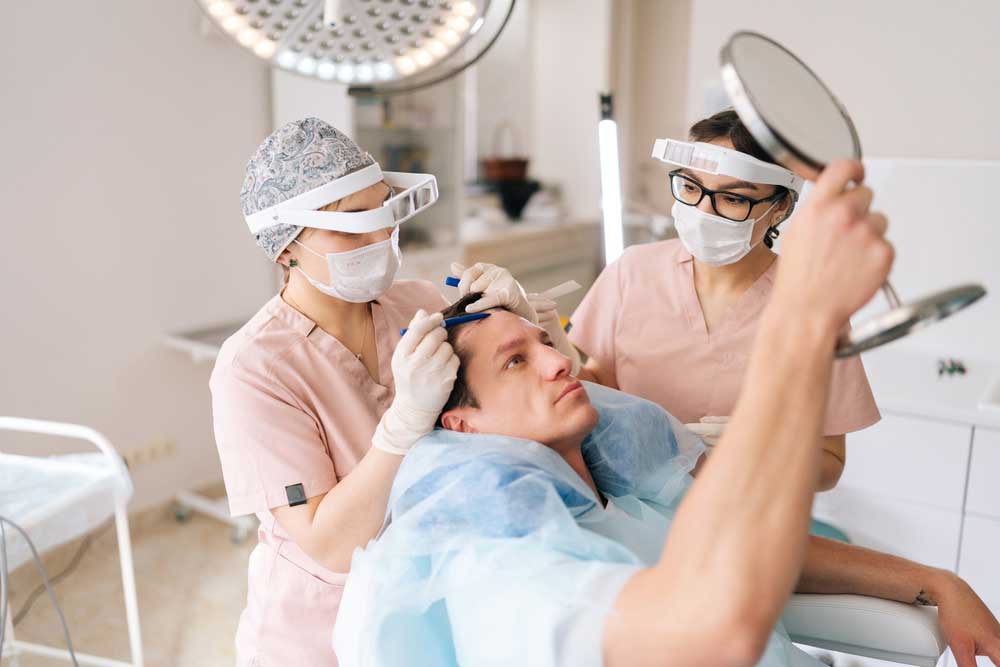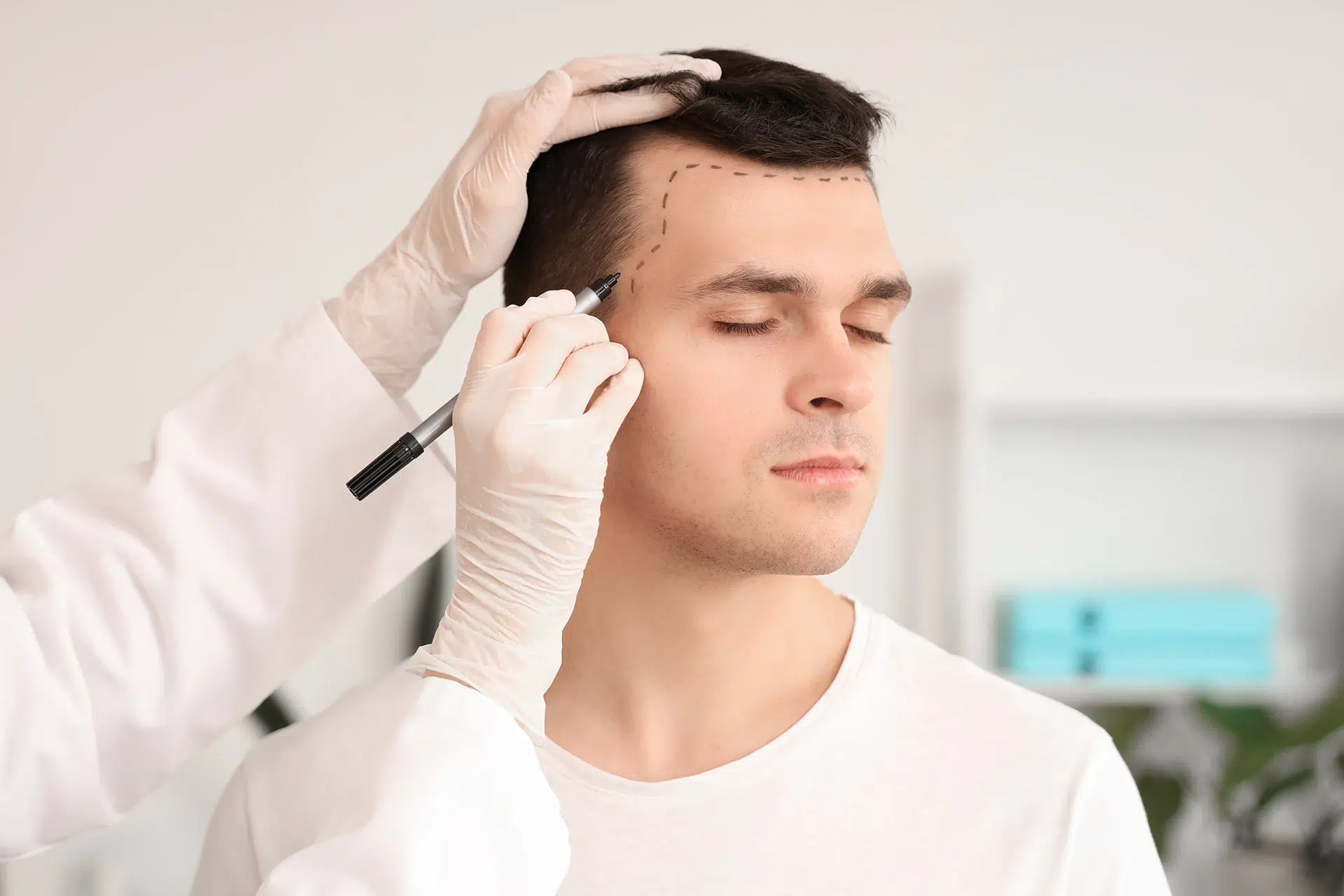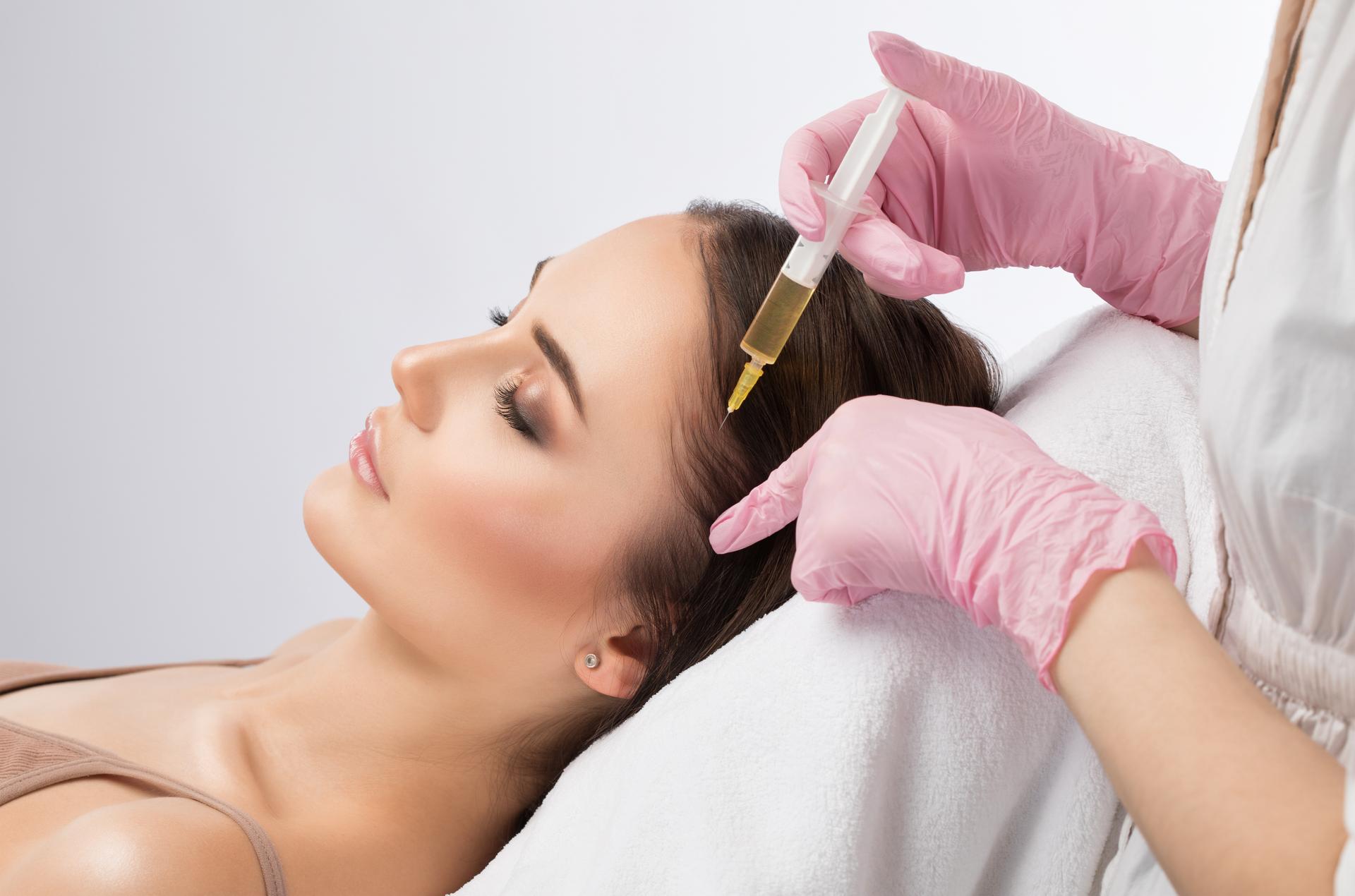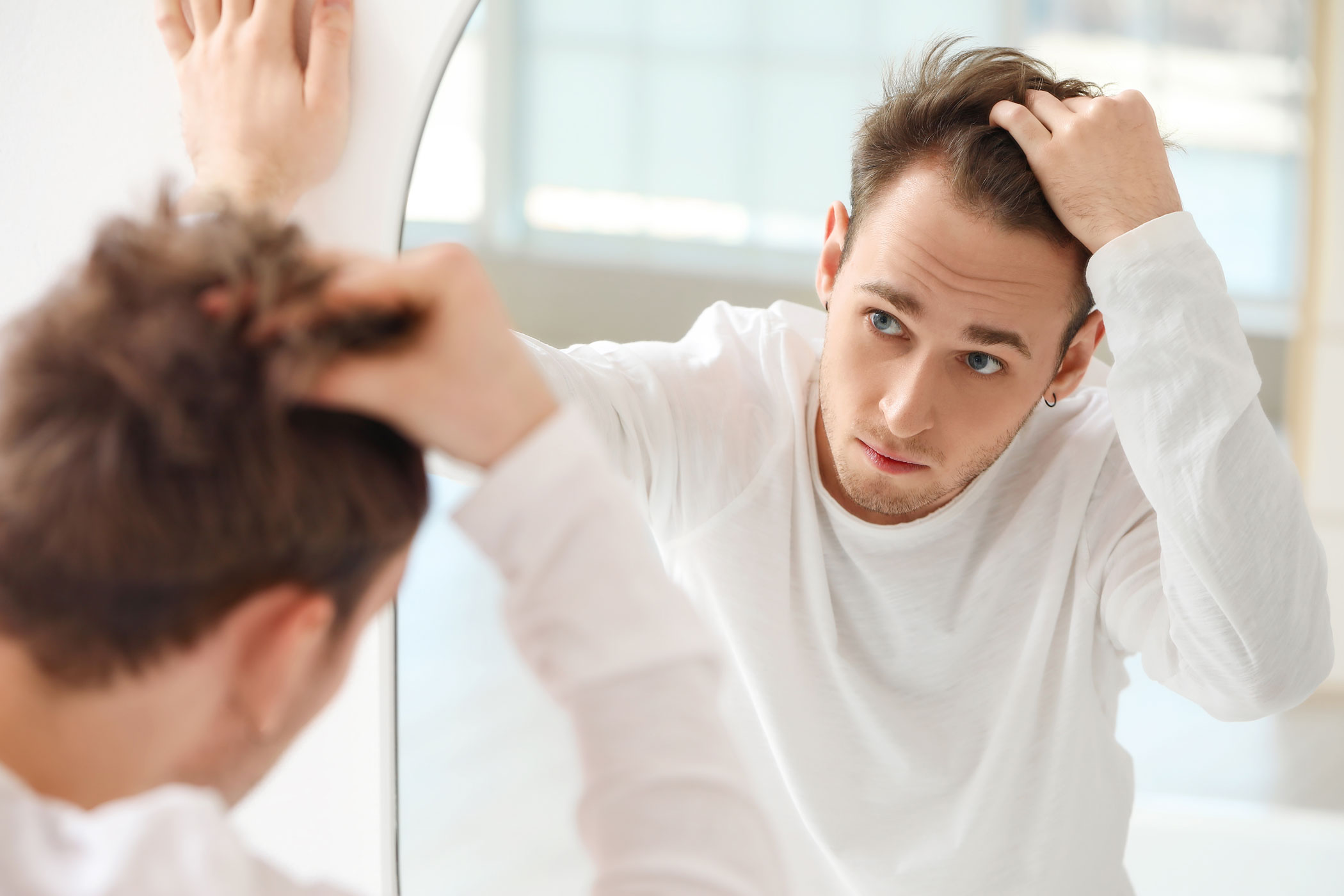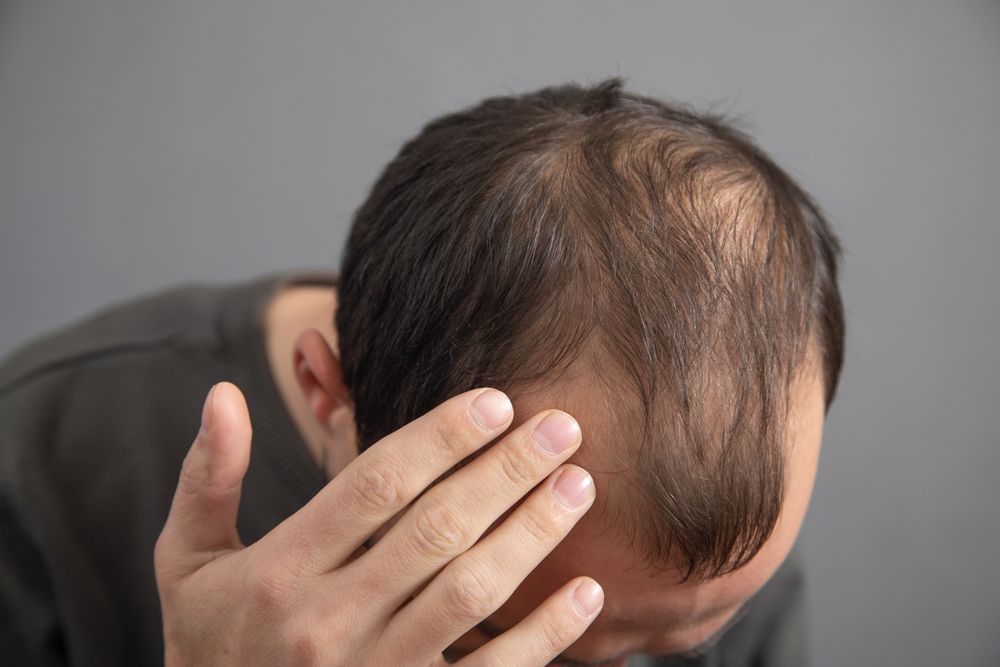Is Non-Surgical Hair Loss Management Enough? When to Consider Transplants
Hair loss does not have a single explanation or a single solution, which is why deciding how to address it...
Read MoreYou vs. Genetics: Who’s Really in Charge of Your Hairline?
For countless men across New Jersey and beyond, hair loss is more than a cosmetic concern. It can impact your...
Read MoreWhat to Expect from Minoxidil and Finasteride
The outlook continues to improve for patients seeking non-surgical hair loss treatment, thanks to continued refinements in clinic-grade solutions like...
Read MoreUnderstanding Shock Loss: Why Hair Might Fall Out After a Transplant
Hair transplant surgery is a life-changing hair loss treatment option for many people dealing with hair thinning or balding. Whether...
Read MoreWhich Celebs Had Hair Transplants, and Why They’re Totally Owning It
Hair loss can feel like a deeply personal battle, but it’s one many high-profile celebrities have faced head-on. With paparazzi...
Read More10 Things No One Tells You About Hair Transplants
If you’ve ever Googled “hair transplant”, chances are you’ve seen glossy before-and-after photos and glowing reviews. While hair restoration can...
Read MoreHow Many PRP Sessions Are Needed to See Results?
If you are experiencing thinning hair or early-stage balding, PRP therapy for hair loss may offer a safe, non-surgical path...
Read MoreFUT vs. FUE: Which Hair Transplant Method Is Right for You?
Looking in the mirror has been a daily reminder of your hair loss. Now you’re ready to do something about...
Read MorePepFactor: The Revolutionary Hair Loss Treatment
Are you tired of watching your hair thin out day by day? Say hello to PepFactor, the hair loss solution...
Read MoreWhat Is Exosome Therapy? A Comprehensive Guide
The field of regenerative medicine has witnessed a surge in innovative treatments in recent years. Among these, exosome therapy has...
Read MoreHow to Restore Lost Hair: Treatments That Actually Work
Many products on the market claim to address hair loss, but the best results come from experts who understand the...
Read MoreWhat Is a FUT Hair Transplant? A Comprehensive Guide
Hair loss can be a challenging experience, but advancements in medical technology have opened up several avenues for effective treatment....
Read More
